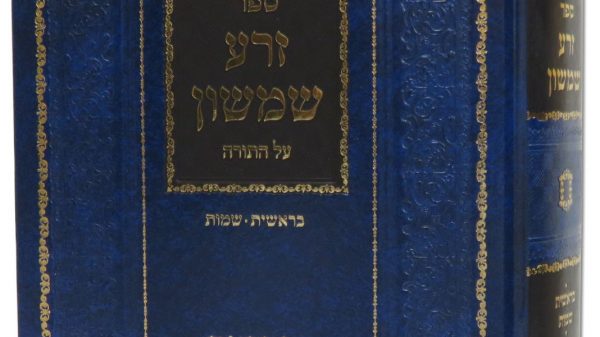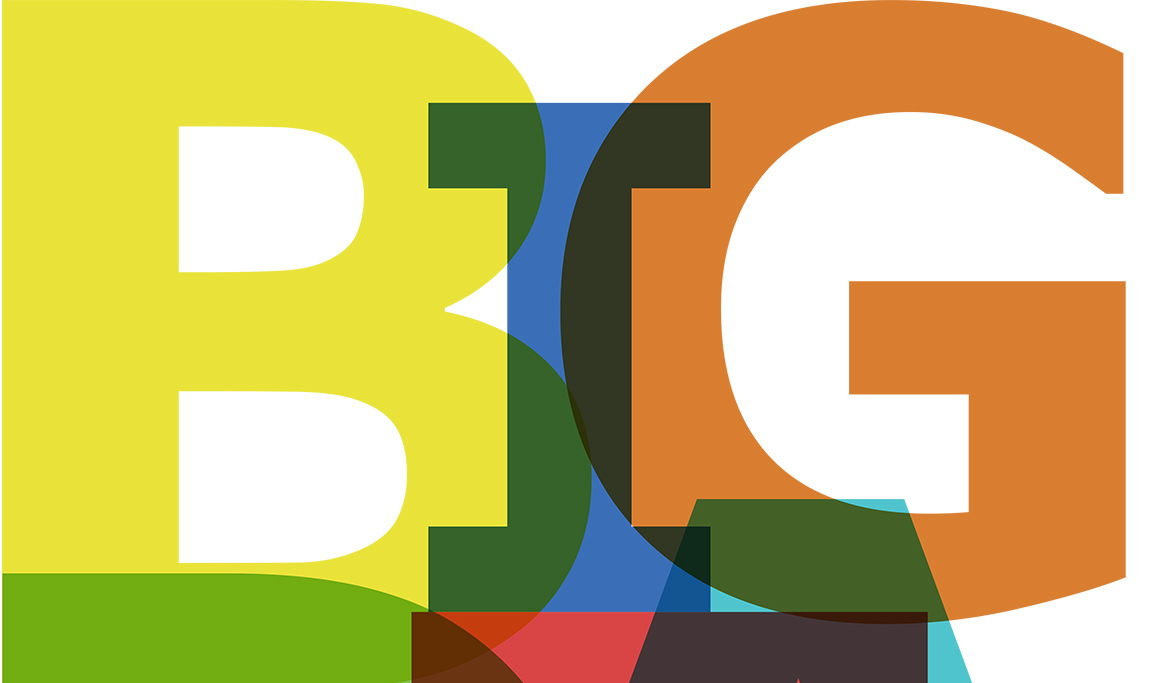Click here to download PDF
לע״נ קדושי פיטסברג הי״ד
לע״נ אמי מורתי שולמית בת הרב דב יהודה ז״ל
Repetition is Beautiful?!?
The longest topic in this week’s Parsha is the story of Eliezer going to find Rivka for you Yitzchak. What makes it much larger than any other topic is because Eliezer repeats the whole story play by play to Rivka’s family. The obvious question is why was it necessary to be repeated in the Torah? Rashi addresses the issue (24:42) and brings the Midrash Rabbah “More “Yaffeh”-beautiful is the “Sichasan”-conversations of the Servants of our forefathers than the Torah of the descendants [of the forefathers] because the whole story of Eleazar is repeated in the Torah and many laws of the Torah were not given in any other form of other than in code”. Meaning to say: There is much of Torah that’s not written out black-on-white and is derived from the “middos she’haTorah nidreshes bohem”-the tools that we use to decode and extrapolate the Torah. This is extremely hard to understand! There is not a single extra word in the Torah and here we are openly saying that the whole story was repeated! What could be the significance in that? Not only that, it is called being more “beautiful” than the fact that the Torah is so concise and densely packed! Why is seemingly unnecessary talk more “beautiful”?
“Siach” “Sadeh” & Mincha
The story of bringing Rivka to Yitzchak culminates with Yitzchak going out “la’suach ba’sadeh”-to ‘speak’ in the field. Chazal interpret this to mean that he instituted Mincha. It is amazing that it is the exact same verb “Siach” as Chazal used to describe Eliezer’s monologue when recounting the whole story of how he met Rivka and decided she’s the right wife for Yitzchak. What is the common denominator that both are called “Siach” and what does this have to do with mincha per se? What Rings remarkably similar to this pasuk is a pasuk in parshas Bereishis (2:5): “V’chol Siach haSadeh terem yitzmach”-and all trees of the field before they grew… The juxtaposition of “Siach” and “Sadeh” besides from the phonetic similarity are actually the same words! what could this verb for speech “Siach” have in common with the exact same word “Siach” which means tree? what type of tree?
Speech – Body or Soul?
What differentiates man on Earth from all other life-forms is his power speech. This is because man has a Neshama. The power of speech was granted to Adam when he got his Neshama as the pasuk says “…..and he blew into his nostrils a Neshama of life and it was in Man a Nefesh Chaya” which Onkelus translates: a speaking spirit. The question is: Is speech a function of Soul or speech or of the body? It clearly is a composite of both. Audible sound cannot be made by the soul alone because it’s not physical. However, the body wouldn’t speak if it didn’t have a soul. Does speech belong more to the soul or more to the body? Chazal tell us that even though the Halacha is that a person cannot get “Malkos”- lashes for a negative Commandment that is not done through an action. However, we do find that there are prohibitions with speech that get lashes! This does not contradict this principle as Chazal explain: “the bending of the lips is an action” reinforcing the idea that speech belongs to the body also and is called a bodily action.
Fruits & Leaves
In a few places in Tanach and Chazal man and Torah are likened to a tree. Just like in a tree the main goal of planting a tree is for the fruit but fruit trees have these ‘extras’ whose role needs to be understood, like the leaves. There are trees that bear no fruit whatsoever and they only have leaves. As we believe that everything in Hashem’s world is important and nothing is superfluous we know that these fruitless trees and leaves of fruit trees must have some function. The leaves protect the fruit and provide other functions for the overall health of the tree and at the end of it all – add Beauty. The whole Essence of the trees that don’t bear fruit is just to add Beauty to the world.
“Dibur” vs “Siach”
Rabeinu Avraham the brother of the vilna gaon in his Monumental work “Maalos HaTorah” uses this idea to explain the difference between the different forms of speech. He brings the Midrash that says that “Siach” – the trees mentioned in Bereishis are actually trees that do not bear fruit! Man, the speaker, who is likened to a tree, has different types of speech. The main objective of the speech is to be an expression of the soul and that would be called the “fruit” of man. That’s why we find that the Navi refers to speech as “Niv sefasayim”– the produce of the lips. The main function of speech is to be speaking words of Torah. Speech captures the ideas of the Torah. This type of speech would be called “Dibur” per se because that is the “real speech”. Even in our communication with each other, the glory of speech is that we share ideas! As far as pragmatic communication animals do just fine without language…
“Siach”
However, we do have an extensive vocabulary to describe and discuss our Earthly affairs, needs, and worries. We use speech to conduct business and the types of interactions that animals do without use of language. Sadly, this is the way we use our speech most of the time. Rabbeinu Avraham the brother of the vilna gaon demonstrates that the term “Siach” refers to this type of speech that ranges from earthly matters down to idle chatter . “Sicha beteilah”- idle chatter, “Daa’gah b’lev ish yisichena”- if a person has worries he should share them with someone else, “afilu sichas chullin shel Talmid chacham tzricha limud”- even the profane conversation of Talmid Chacham requires learning [to fully appreciate it because there’s much to learn from it] and the list goes on….. This type of speech is to “Divrei Torah” as leaves are to fruit. He goes on to explain man has five levels of Neshama: Nefesh, Ruach, Neshama, Chaya, and Yechida. Take the first letter of each of those five levels (Nun, Reish, Nun, Ches, Yud) which is 50 + 200 + 50 + 8 + 10 is equal to exactly 318 which is the numerical value of “Siach”! He explains it’s only the first letter of each level because “Siach” is the most external level of the power of speech that the soul grants! It is the most “outer layer” and closest to the body, corresponding to the fact that it is the speech regarding Earthly affairs.
Beauty of Explanation
What is “Yoffie”– beauty? It is external, outside of the “thing itself”. Beauty is not an essence, that’s why Koheles called it “Hevel”-meanigless. “Beauty is in the eye of the beholder” –however, without it no eye will be inclined to behold…. . This applies to ideas also! . The “pure idea” could probably be expressed in two or three short words. What makes Hebrew “Lashon Hakodesh”– the holy tongue is that every single word is a whole concept in its own right. The Hebrew letters that make up that word are the “Divine lights” that make that very object the word refers to. If an idea is true it will always be true whether it’s well explained or not. The explanation of an idea is what gives the idea its “face” to reveal it to the outside world. The idea would remain concealed without the explanation. To the extent that the explanation is full of words, adding more description and more details, the more “beautiful” the explanation is! Speaking very tersely is not “beautiful”, the ideas remain somewhat concealed. The added speech of the explanation does not add one iota to the essence of the concept, but it reveals the concept and thus makes it “beautiful”
Rishonim vs Achronim
The “Leshem” points out an interesting phenomenon: Big Geniuses do not explain themselves well even though they understand the ideas very well! They live in the “world of ideas” and therefore are very comfortable with concise “scientific notation”. It is the lesser geniuses that are more eloquent and can explain the ideas much better. Because they’re more “down-to-earth” and less conceptual they actually bring the ideas down to earth. They are quite wordy and eloquent and make beautiful explanations. This explains the difference between Rishonim and Achronim. The Rishonim are very concise and the Achronim are much lengthier in their explanations and inquiries, to the point that a person might make the mistake of thinking that the Achronim were deeper than the Rishonim. That’s not the case! The Achronim are just unlocking everything that’s encoded in the Rishonim! The Rishonim wrote in their “scientific notation” that they were comfortable with because everyone was on that more conceptual level in those generations. We’re earthier. We need those ideas expressed in a much greater expanded vocabulary for us to apprehend them. When those explanations are added those ideas are so “beautiful” – as opposed to what they looked like to us – before the Achronim explained them
Torah – the pure Idea
The Written Torah speaks on the level of “pure idea”. The Chumash is densely packed, and we have tools to unlock what’s “hidden” in all those words. Hidden is not “beautiful” because the eye does not behold those ideas effortlessly, or at all. The capacity of “Sicha” which is “Earth-talk” has the function of adding “Beauty” to the pure conceptual talk by adding to it explanation and metaphors. If all of reality came from the Torah, and the Torah is like a tree, “Sicha” comes from the leaves that add an outer layer of beauty around the fruit.
Mitzvos, Body & “Siach”
The mitzvos that the body does in this world adds “clothes” and “beauty” to the Neshama that was ‘naked’ before it was born. It’s more than that. After the resurrection the body will be fused with the Neshama and will be its outer layer of “beauty”. The Neshama will wear the body as like a royal garment! In a similar vein at that time all our “Sicha”– body talk that was done for the sake of Heaven, for the purpose of supporting Torah will come back to be the layer of Beauty on top of all the words of Torah that we will see and enjoy in the world to come. with this we can understand the pasuk in Mishlei (6:22) “when you walk it will guide you and when you sleep it protects you and when you wake up it is “t’si’secha”– what you will talk (“Sicha”) about”. Chazal say it refers to the words of Torah: It guides us when we walk through our lives in this world, it protects us when we sleep in the grave, and when we awaken by the resurrection it is “t’si’secha”- all that we’ll talk about. It’s amazing that the verb ”Sicha” is used! By the Resurrection the body will be totally fused with the soul so also “body speech” (Sicha) will be totally merged and fused with the Divrei Torah! The Talmid Chacham’s “Sichas chullin”-profane talk is so infused with Torah in his own lifetime that there is much Torah for us to learn from it – in this world!
Jews vs Goyim
This this model explains the role of the goyim in this world and the next. The Ramchal writes (Derech Hashem 2:4) that the goyim that have a place in the world to come won’t be there as Citizens in their own right, they will be appendages on the Jewish people! Meaning to say: their role in the cosmos is to add a layer of Beauty from the outside! . Noach blessed his sons: May Hashem grant Beauty to Yeffes and he should dwell in the tents of Shem”. Chazal interpret that to mean the beauty of Yeffes will be in the tents of Shem – Goyim add beauty! Rav Shimon ben Gamliel learns from there a Halacha that the books of Torah can be written in Greek language as it’s the most beautiful language that came from the descendants of Yeffes. Language is called Beauty. Shem literally means name i.e. the “pure concept” which is the Torah. Putting the Torah in Greek is to beautify it from the outside with the Greek language. Aside from the beauty of their language, the Greeks developed the Arts (=beauty) and the Sciences. The Sciences are referred to by Chazal as “Chochmos Chitzoniyos”- external wisdoms. The Sciences describe the world and make us appreciate its beauty and complexity, but the essence of the world is the Torah. The Jewish people are connected to the Torah – the essence of reality. The nations of the world, their culture and science (when correct and fit with the Torah) are the layer of beauty both in this world and in the next.
Eliezer’s story – a tale of Beauty
”Beautiful is the “Sichasan”-conversations of the Servants of our forefathers than the Torah of the descendants”. Eliezer was not Jewish but none-the-less was a loyal servant to Avraham. His role is to add “beauty” – the way beauty serves the prime object, the way the leaf serves the fruits. This mission to find Rivka for Yitzchak involved dealing with the outside world of the Gentiles and taking “sparks” for the Jewish people. Finding Rivka amongst them and bringing her to Yitzchak was an act of adding Beauty to the Jewish people. Even though Rivka became part of the Primary Jewish lineage, the interaction with the outside world in order to find her and bring her into the Jewish people is called ‘Beauty’ because it shows how the whole outside world is there for the Jewish people! Repeating the story is not devoid of meaning – it’s beautiful! It is explaining that all world events on the outside are for the sake of the Jewish people who are on the inside!
Programming to win
The Beis Yaakov (Ishbitza) explains that these words of Torah that are called “beautiful” give the programming and the power for us to succeed in our interactions with the goyim! These words of Torah insure that we should not be influenced by them and drawn out into their world and cut ourselves off from the Tree of Life. Just the opposite! In all our interactions with them, especially in this long and bitter exile, we will pull in from them all that is meant to be part and parcel of the Jewish people. Everything that was involved in those interactions will also be conquered by us to be the layer of Beauty on top of us! The whole story of Eliezer repeated is actually to give us the power of the “leaves” that we need to conquer the goyim (leaves on the tree of reality) – to take what needs to be incorporated and what doesn’t get incorporate on the inside will be on the outside as a layer of beauty.
Mincha
Yitzchok going out to the field to “speak” (“Sicha”) and Davened Mincha. Mincha is what we daven at the end of our work day. The field is the work place. The special challenge of mincha is to elevate all that we’ve done throughout the day. We were “Siach HaSadeh” – conversing all day about the workplace. Now we have to turn all that into a prayer at the end of it to elevate it all! Mincha is a time of judgement on us as to how much “for the sake of Heaven” we went through our work day. As we emerge from a day of work, which dominated the discourse (“sicha”) we must turn all that into prayer and Elevate all those Earthly Pursuits and connect them with the kingdom of heaven, reminiscent of the level of the resurrection.










